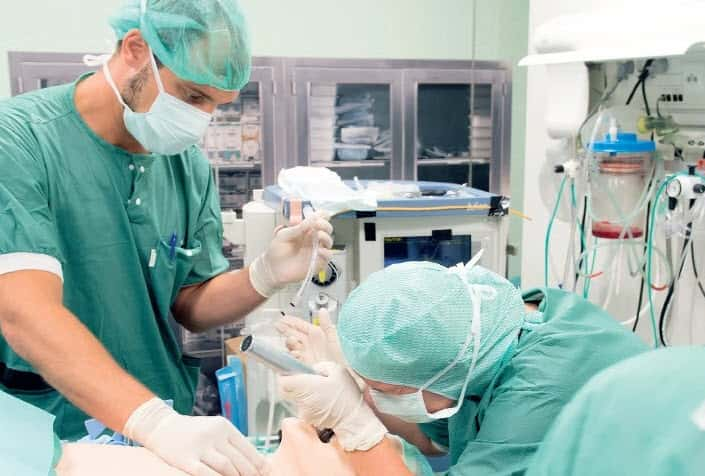
The July Effect
In this article we share five insights about where and how you can use simulation to support your new resident interns as they transition to practice.
Medicine has traditionally relied on a “see one, do one” approach to learning and experience. Didactic learning in this context focuses on imparting knowledge. Simulation-based learning makes that knowledge come alive in a setting designed to mimic real clinical encounters and lifelike experiences. In this environment, clinicians can refine their individual and team skills well before touching a real patient.
Learners and providers who use simulation experience a higher level of engagement and show greater personal involvement in their training. Additionally, simulation has been shown to increase retention rates and has been associated with a higher rate of learning transfer to the job.

In this article, we highlight ways in which leaders in healthcare are using simulation to: